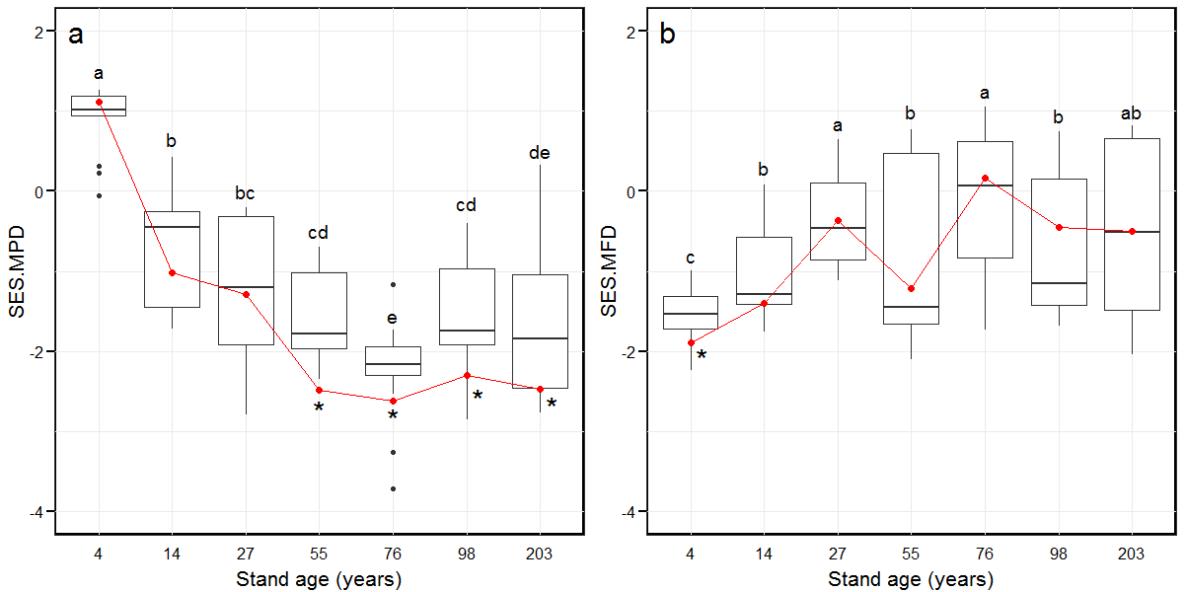
Understory vegetation composes the majority of species diversity in boreal forest ecosystems, affecting canopy succession and nutrient cycling. In boreal forest, wildfire disturbance is a primary factor affecting understory species composition, dynamics and ecological functions. The intensity and frequency of wildfire disturbances in boreal forest are anticipated to increase as a consequence of projected climate change in the coming decades.
However, the processes of understory community assembly on a landscape scale are poorly understood in boreal forests, particularly in the fire-prone Eurasian ecosystem, which is important for sustainable boreal forest management, especially biodiversity conservation and overstory tree regeneration.
Assistant researcher LIU Bo from Institute of Applied Ecology, Chinese Academy of Sciences utilized phylogenetic and functional trait-based approaches to reveal how understory communities were assembled following wildfire in the boreal forest of Northeastern China.
The results showed that the phylogeny, function and trait distribution patterns of most plots were dominated by stochastic patterns, suggesting that stochastic processes may play a crucial role in determining the understory community assembly.
At the same time, competition exclusion and environmental filtration also determine understory community assembly.
These findings have provided complementary evidence that stochastic processes are crucial in the determination of community assembly both in tropical and boreal forests.
The study entitled "Understory Community Assembly Following Wildfire in Boreal Forests: Shift from Stochasticity to Competitive Exclusion and Environmental Filtering" was published on Frontiers in Plant Science.
The work was funded by the National Key Basic Research and Development Program and the National Natural Science Foundation.

Figure 1. Environmental filtering and competitive exclusion give rise to opposite expectations about the phylogenetic, functional and trait patterns (Image by LIU Bo)

Figure 2. Standardized effect size of phylogenetic diversity (SES.MPD, A) and functional diversity (SES.MFD, B) along with stand age which were measured as the mean pairwise phylogenetic distance and the mean pairwise functional distance of the 88 plots over 203 years of succession, based separately on phylogeny and the functional dendrograms (Image by LIU Bo)

86-10-68597521 (day)
86-10-68597289 (night)

52 Sanlihe Rd., Xicheng District,
Beijing, China (100864)

